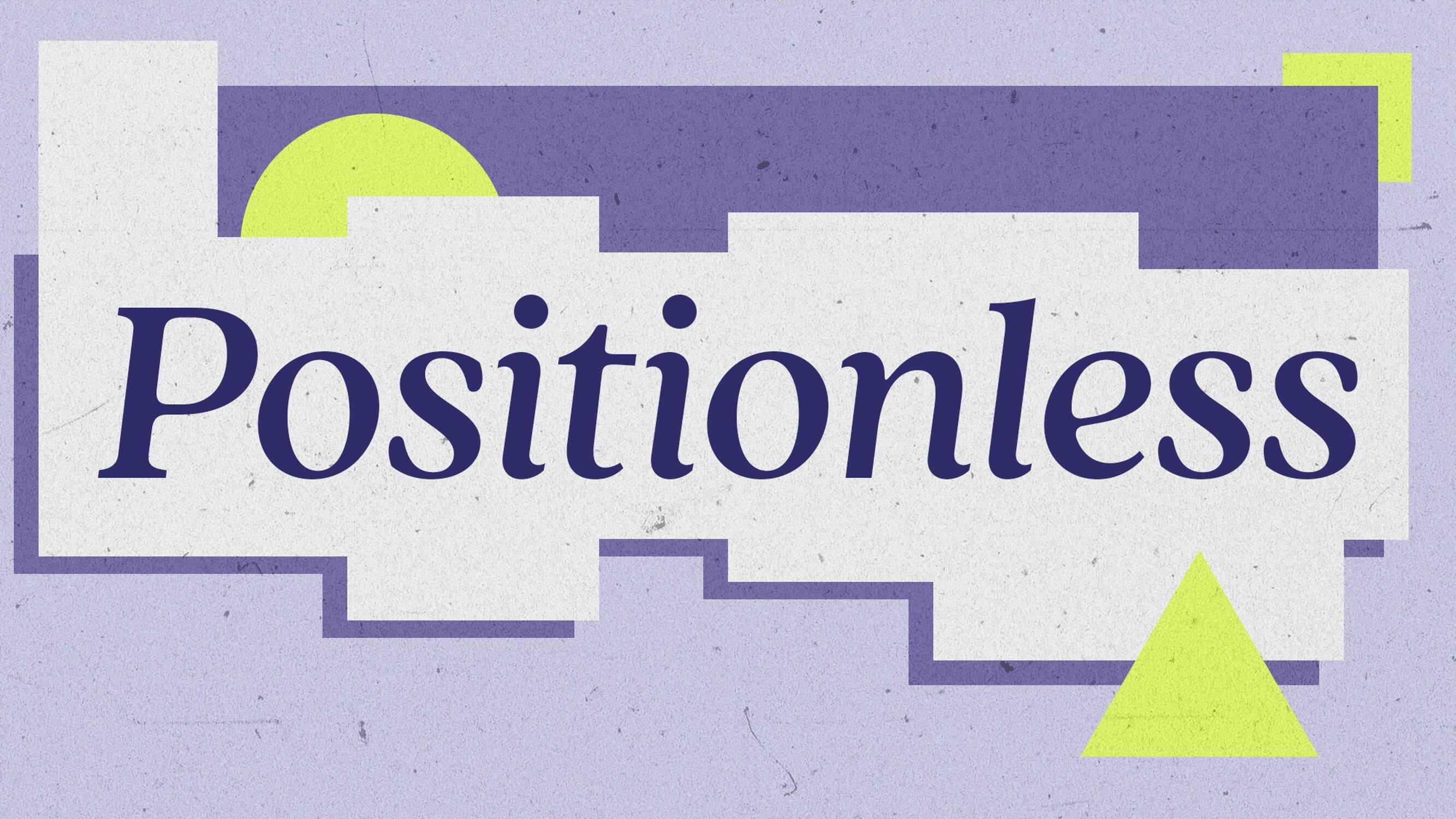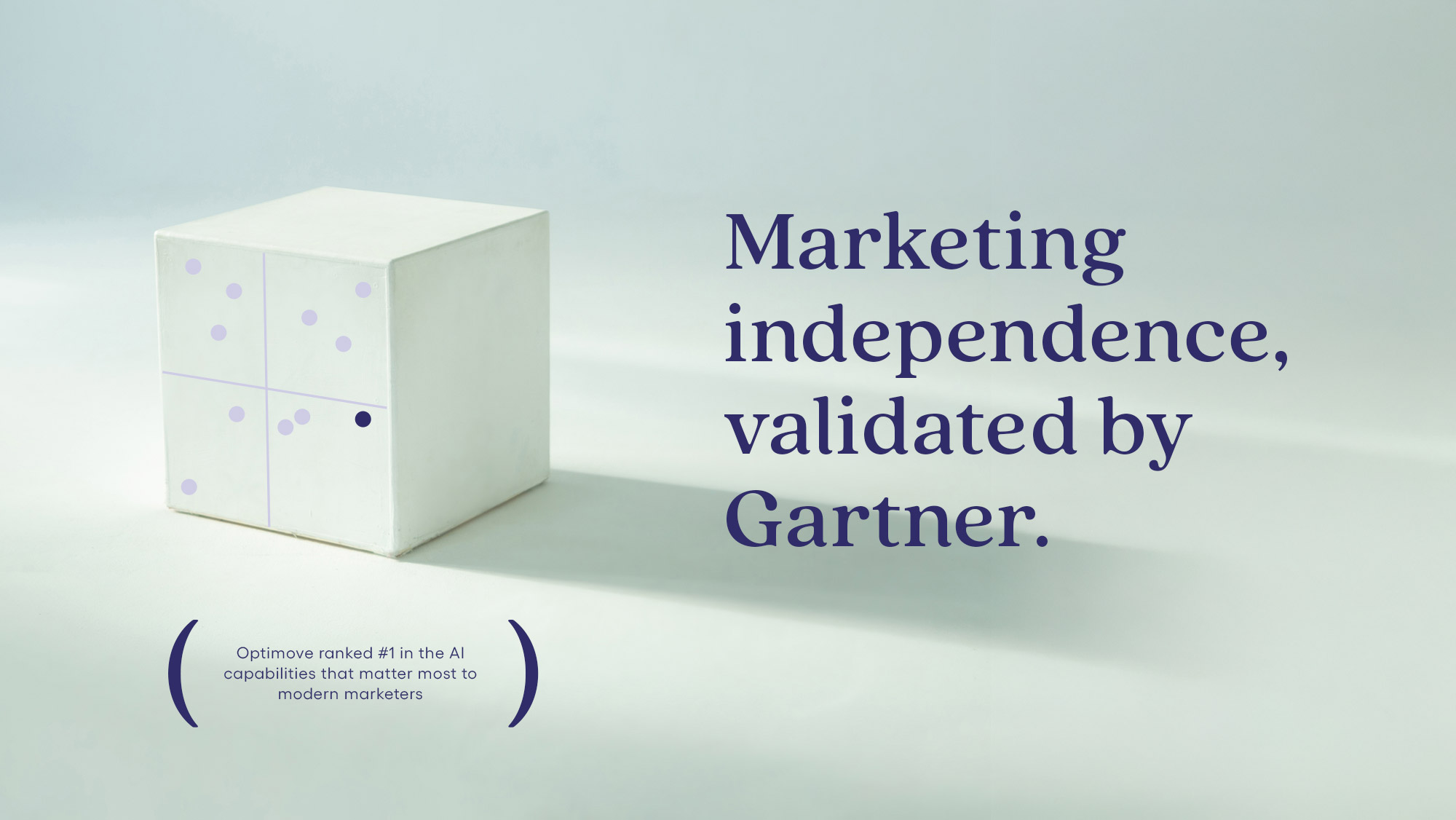
AI and the Retail Marketer’s Future
How AI transforms strategy and processes, driving the adoption of Positionless Marketing
Exclusive Forrester Report on AI in Marketing

A post-purchase journey, also known as a post-purchase experience or customer lifecycle, refers to the series of interactions and experiences that a customer goes through after making a purchase. It focuses on the period immediately following the transaction and aims to deepen the relationship between the customer and the brand.
Since this is often the first touchpoint with the customer post-buy, this journey’s importance cannot be overstated. PPJ can be the tipping point in nurturing customer loyalty and turning one-time clients into lifetime ones (or losing them for life), so plenty is at stake here. It is critical for the future decisions of a customer whether to buy again from the same brand. Returning customers spend more, on average, than new customers, as you already know.
The purpose of the journey varies, depending on the industry and the purchased product. For some industries, the PPJ can help provide educational resources or information regarding the product or service usage. It can also help get customer feedback, offer post-purchase support, and more. The common goals of the PPJ, for almost all industries and products, are to increase engagement with the brand, encourage second purchases and create a positive experience for the customer. When performed right, PPJ can significantly impact customer satisfaction, loyalty, and retention.
Faster Time to Value: A shorter post-purchase journey allows customers to use and benefit from their purchases quickly. This can lead to higher satisfaction and immediate value, reducing potential buyer's remorse.
Reduced Friction: By minimizing the number of steps and touchpoints in the post-purchase journey, businesses can reduce friction and make the process smoother for customers. This can result in a more positive customer experience and decrease the likelihood of churn or dissatisfaction.
Improved Conversion Rates: A shorter post-purchase journey reduces the likelihood of customers abandoning the process. When customers encounter fewer barriers or complexities, they are more likely to complete their journey, leading to higher conversion rates and revenue for the business.
The time saved by sending out a short PPJ can be used for adding more personalized journeys. After the buying journey has ended, the customer’s activity can lead to different and more specific journeys, communications, and offers. If the customer had no activity, this time could be used for a risk-of-churn journey.
In addition, it can be assumed that customers are less inclined to unsubscribe from short PPJ and that the value of keeping them subscribed is more important than sending more content in that specific journey. Once the customer unsubscribes, they cannot communicate with them directly.
Moreover, a short PPJ is easier to build and requires fewer resources.
Relationship Building: A longer post-purchase journey allows businesses to invest more time and effort into building a strong relationship with the customer. It provides opportunities for ongoing communication and engagement, fostering trust and loyalty.
Upselling and Cross-Selling: With a longer post-purchase journey, businesses can introduce additional products or services to customers. This enables upselling and cross-selling opportunities, potentially increasing the average order value and overall revenue.
Customer Education: Complex or high-involvement products may require more time to educate customers on their features, functionalities, and best practices. A longer post-purchase journey allows businesses to provide comprehensive educational content and support, helping customers maximize the value they derive from their purchases.
We created two groups of “just purchased” customers, sized at around 9K customers each. Both groups were contacted by email; the long PPJ received 18 emails, while the short group received just 8. The eight emails were the most effective emails from the 18, based on existing data.
We’ve chosen to examine the impact of short and long PPJ on 4 KPIs:
(1) Total Order Amount = the average total order amount per customer through the PPJ
(2) LTV = customer’s lifetime value three and six months after the PPJ
(3) Click Rate = sum of all clicks divided by delivered
(4) Unsubscribe Rate = the sum of unsubscribes divided by the target group size of the first campaign
Our results show that while there was no difference between the LTV and the total order amount of the customers who received short vs. long journeys, customers’ engagement was impacted by the length of the journey: the click rate of the short journey was significantly higher, ~30%, and its unsubscribe rate was significantly lower, at ~30% lower.
While our results show that short PPJ is more suitable for the brand's customers, that does not mean that will always be the case. So how would you know what's best for your customers?
Optimove's Stream tool is the feature that allows this magic of an experiment. It helps marketers gain insights, make data-driven decisions, and optimize their marketing strategies by evaluating the collective impact of multiple campaigns on customer behavior and business objectives.
It allows marketers to observe the collective performance of multiple campaigns, referred to as a "stream," or single one out for closer inspection instead of analyzing individual campaigns in isolation.
Streams enable marketers to compare different campaign streams or a static control group to understand the long-term effects of various communication strategies on customer behavior. By running tests with Streams, marketers can measure the effectiveness of each strategy in meeting business objectives and evaluate the contribution of each campaign.
In this instance, streams would allow you to experiment with several courses of action. For example:
How long should the journey be? (Long vs. Short journey)
What should be the order of campaigns? (Sequence experiment)
What is the value of the whole journey? (Super control group)
On the last point, marketers use a control group that will not receive any campaign throughout the journey, compared with random control groups set separately for each campaign. With a super control group, it is possible to calculate the uplift of a whole journey for the chosen KPI compared with calculating the uplift of a single campaign.
The Stream tool helps marketers answer important questions such as which customer journeys lead to the highest conversion rates, the optimal order for sending a series of onboarding campaigns, the overall impact of all campaigns on the business, the best series of communications for a new target market, and whether short-term revenue is achieved at the expense of customer lifetime value.
To use Streams, marketers can either set their objectives or let the Optimove platform recommend a key performance indicator (KPI) to improve. Customers are then allocated to two streams for comparison, ensuring no overlap. Starting from the second day of the test, marketers can analyze the results and track the progress of each strategy toward the defined objective. Once the best-performing stream is identified, marketers can shift the target group to the winning strategy, not just the percentage targeted during the test.
Using Streams does not replace the need to analyze individual campaigns but provides a broader perspective to understand the overall marketing strategy and its results. It allows marketers to improve the connections between different campaign series and scale their efforts effectively without complex setups.
Exclusive Forrester Report on AI in Marketing
In this proprietary Forrester report, learn how global marketers use AI and Positionless Marketing to streamline workflows and increase relevance.


Writers in the Optimove Team include marketing, R&D, product, data science, customer success, and technology experts who were instrumental in the creation of Positionless Marketing, a movement enabling marketers to do anything, and be everything.
Optimove’s leaders’ diverse expertise and real-world experience provide expert commentary and insight into proven and leading-edge marketing practices and trends.


